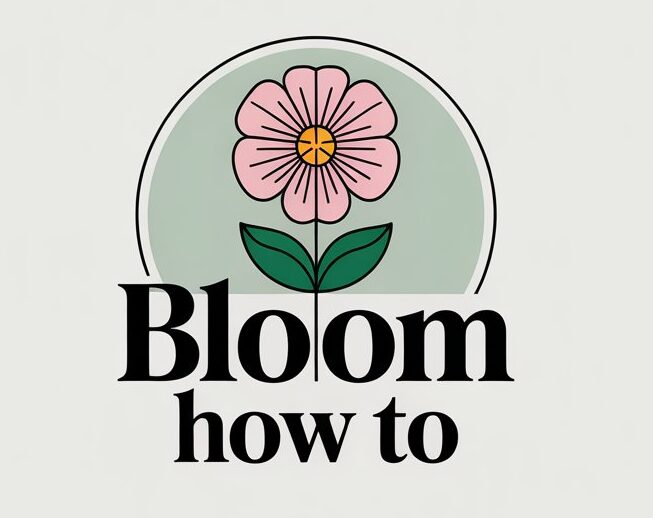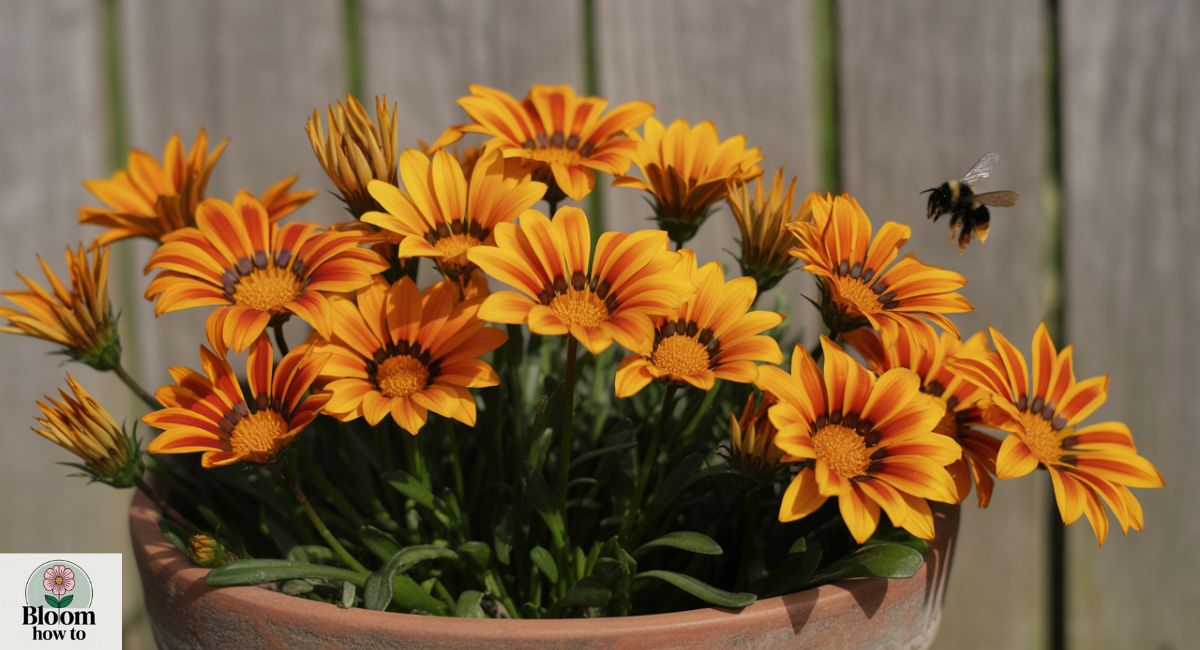Starting a floral journey through the alphabet is always exciting, and when it comes to the focus keyword “Owning Flowers That Start With O”, the experience feels truly special. These blooms are not only visually stunning but also carry stories of culture, fragrance, and symbolism. From the exotic beauty of Orchid species to the cheerful charm of the Oxeye Daisy wildflower, each flower adds something unique to your garden.
Some are treasured as fragrant O flowers, while others serve as medicinal O plants with healing uses. This guide will explore both popular and rare varieties, helping you create your own vibrant alphabet flower guide.
Popular Flowers Beginning With O
Orchid
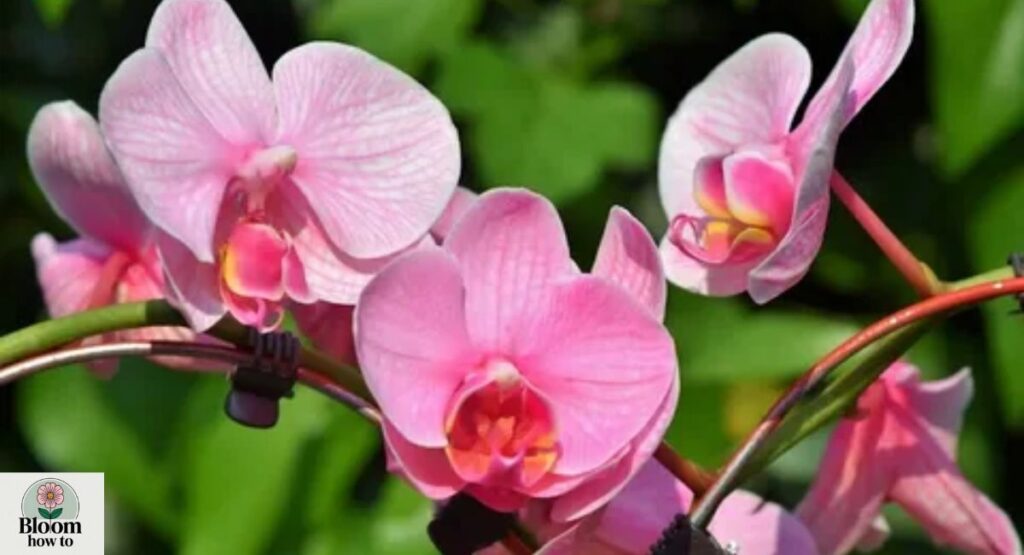
The Orchid species are some of the most admired flowers in the world. They come in thousands of varieties, each offering different shapes, colors, and scents. Orchids symbolize love, beauty, and refinement, making them favorites for special occasions. These ornamental flowers starting with O thrive indoors when given humidity, indirect sunlight, and the right potting medium.
In the USA, many orchid enthusiasts grow them in controlled environments, especially in Florida, California, and Texas where the climate supports their growth. A fascinating fact is that some orchids live for decades, becoming family heirlooms passed down.
Oxeye Daisy
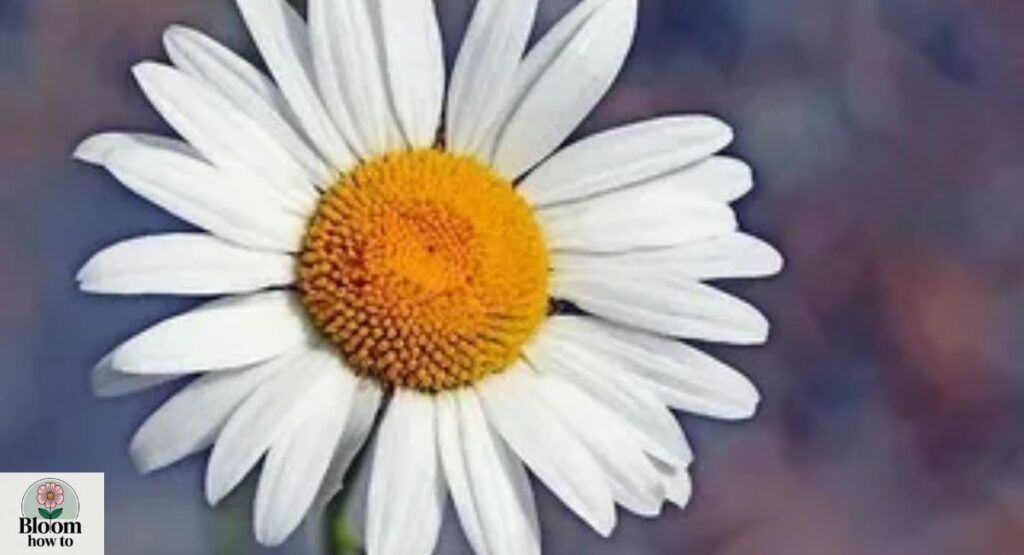
The Oxeye Daisy wildflower is one of the most cheerful blooms in America’s meadows and gardens. Recognizable with its white petals and yellow center, it spreads quickly in open fields. Gardeners often add them to wildflower mixes because they are low-maintenance and attract pollinators.
The daisy’s symbolism of purity and innocence makes it a common choice in folk traditions and summer bouquets. This flower adapts well to USA climates, especially in the Northeast and Midwest, where it blooms in abundance during summer.
Oleander
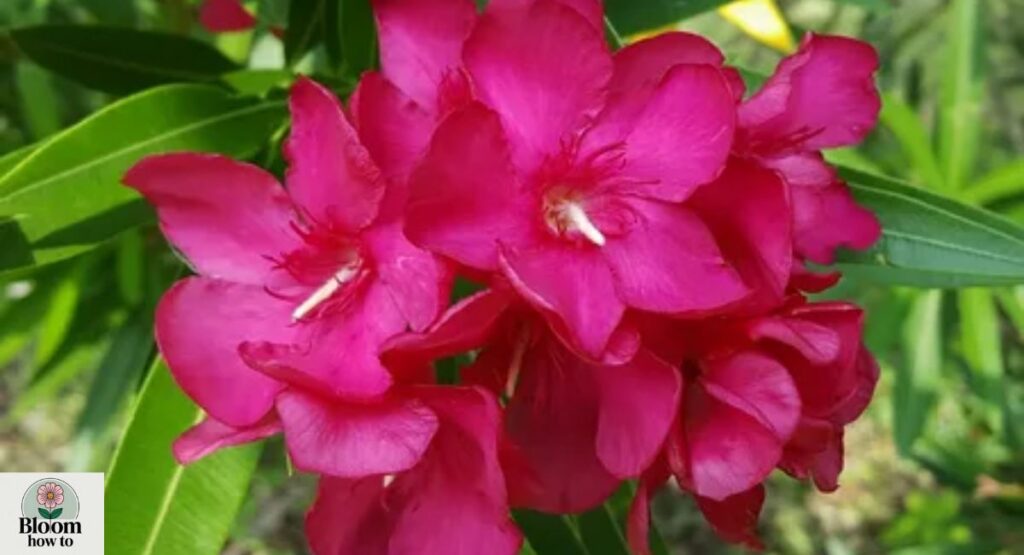
The Oleander toxicity issue makes this shrub a flower of beauty and caution. Found widely in warm states like California and Arizona, it produces clusters of pink, red, or white flowers. Despite being visually stunning, every part of the plant is poisonous if ingested. For this reason, households with pets or small children should avoid planting it in their yards.
However, its drought-tolerant nature makes it a popular landscaping choice in desert regions. Oleander symbolizes both caution and resilience, thriving even in tough conditions.
Osteospermum
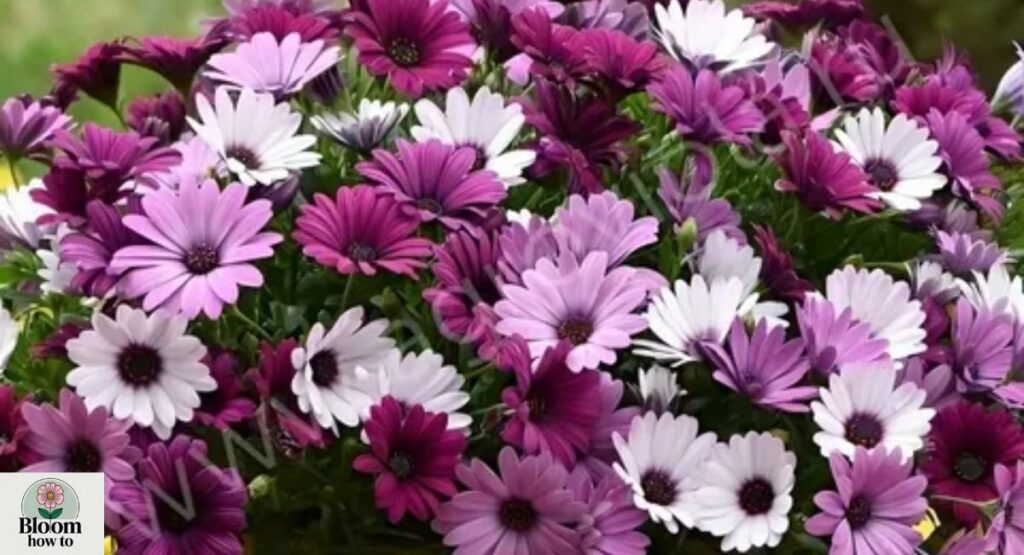
Known as the Osteospermum African Daisy, this flower brightens gardens with shades of purple, blue, and white. It blooms during spring and fall, giving gardeners color when most plants are dormant. These daisy-like flowers thrive in full sun and are widely used in American front yards, balconies, and patio pots.
They are ideal garden plants starting with O for cooler coastal climates and attract butterflies, adding life to any outdoor space. Many gardeners call them “sunshine daisies” because of their vibrant look.
Orange Blossom
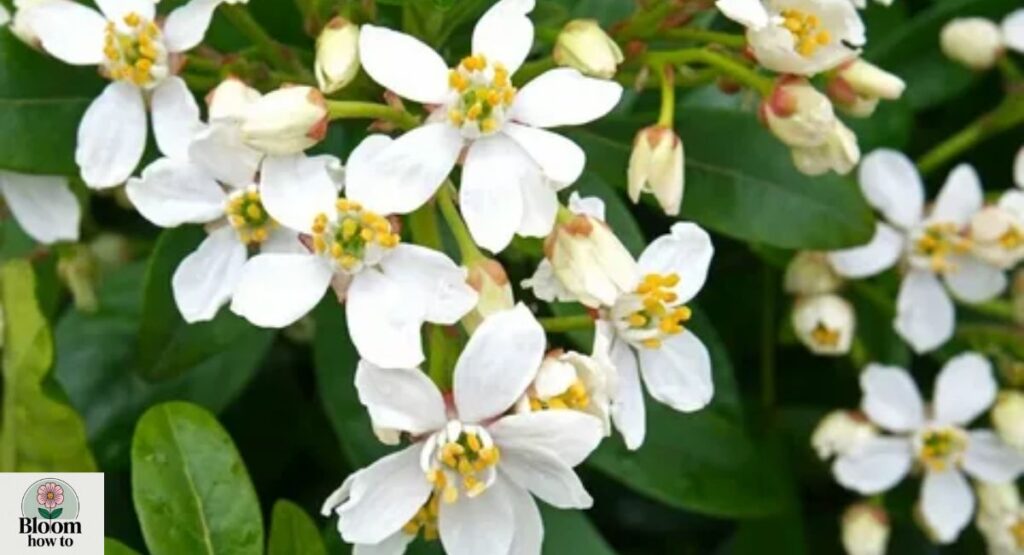
The Orange Blossom fragrance is loved worldwide. This delicate white flower blooms on citrus trees and has a sweet, refreshing aroma. In the USA, Florida is especially famous for its orange groves, where blossoms perfume the air in spring. Symbolizing purity, love, and eternal happiness, orange blossoms are a traditional choice for weddings.
They are also used in perfumes, essential oils, and even as flavoring in desserts and teas. Their versatility makes them one of the most valuable fragrant O flowers in American culture.
Lesser-Known But Beautiful “O” Flowers
Ornamental Onion (Allium)
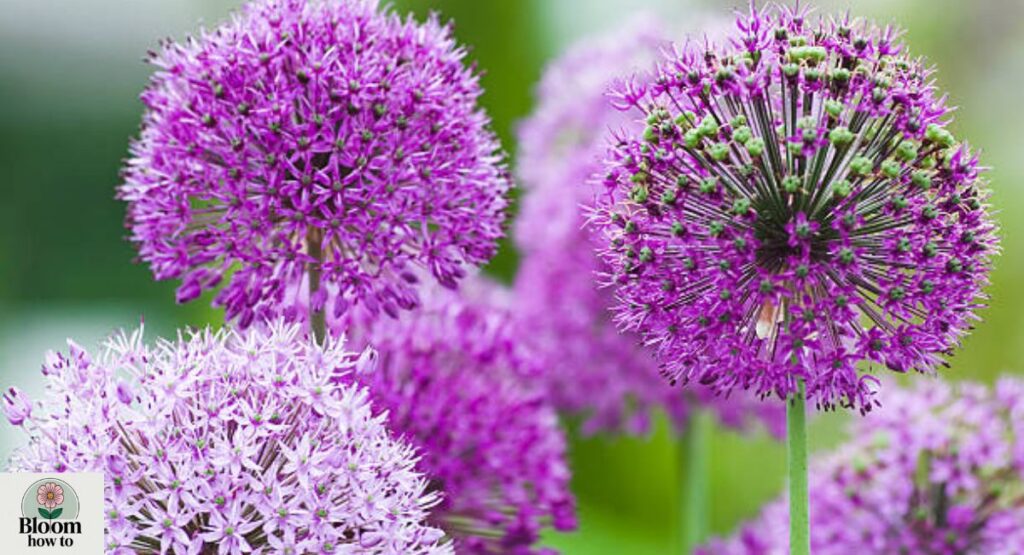
The Allium ornamental onion is both decorative and practical. These plants are famous for their round globe-like flowers that rise on tall stems. The blooms, often purple or white, can last for weeks and even look attractive when dried. In American gardens, especially in zones 4–9, they are used as border plants or in pollinator gardens.
Bees and butterflies love them, making them an eco-friendly choice. Their ability to resist drought and pests adds to their appeal. Beyond their beauty, some species of allium are also edible, linking them to their onion relatives in the kitchen.
Opopanax
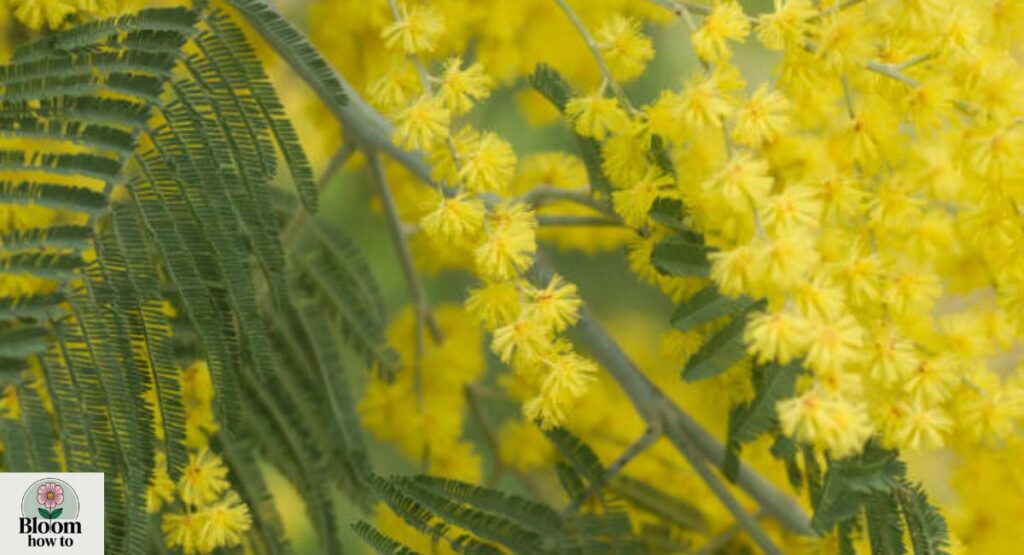
The Opopanax Sweet Myrrh is an ancient plant with small clusters of yellow flowers. It’s not very common in American backyards, but it holds an important place in history. This flower has been used for perfumes, incense, and even herbal remedies for centuries.
Its resin carries a balsamic, sweet fragrance that adds depth to high-end perfumes. Growing Opopanax requires warm, dry conditions, similar to the climates of southern California or desert states. Gardeners who experiment with it often plant it for its rarity and historical value rather than ornamental beauty alone.
Osmanthus
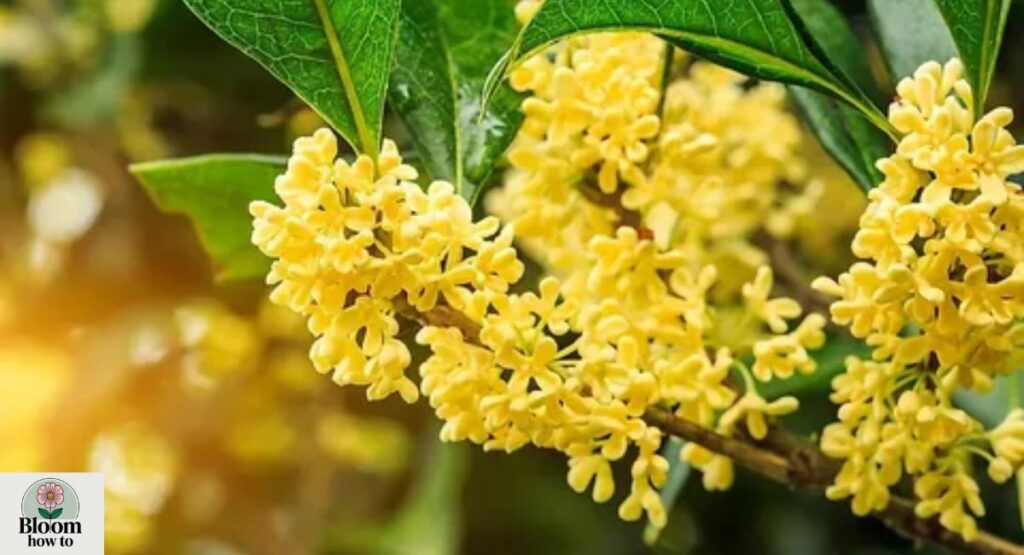
The Osmanthus fragrance in tea makes this plant both ornamental and practical. Small clusters of white or yellow flowers appear in autumn, releasing a sweet apricot-like scent. In the USA, Osmanthus is popular in southern states because it thrives in warm, humid weather. The flowers are also edible and are used to flavor teas, wines, and desserts.
Symbolically, Osmanthus represents love and romance in Asian cultures, but in American gardens, it’s valued for its ability to perfume an entire yard. Many homeowners plant it near patios or walkways where its fragrance can be enjoyed up close.
Owl’s Clover
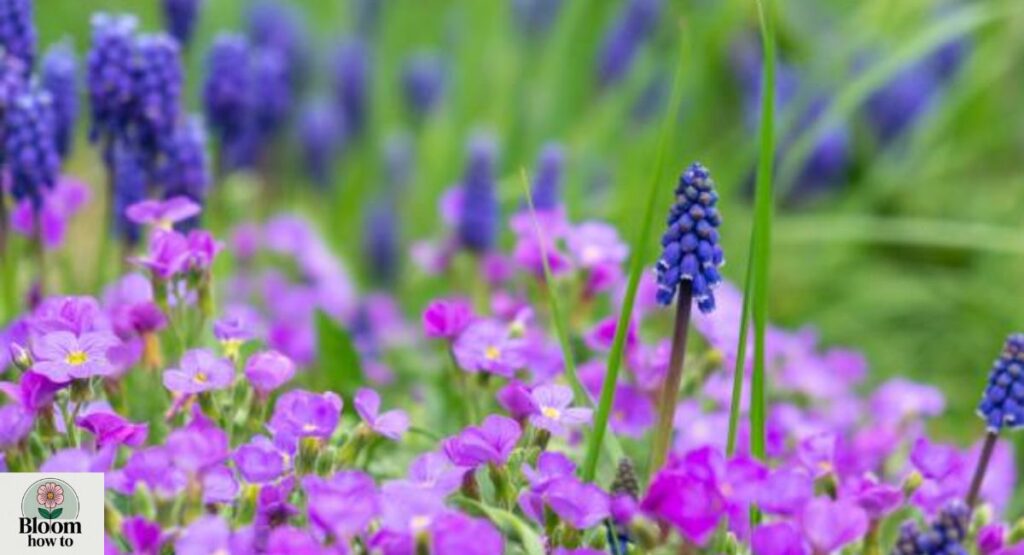
The Owl’s Clover wildflower is a quirky and colorful plant native to North America. It grows in meadows, prairies, and open fields, producing spikes of pink or purple flowers that resemble the face of an owl when viewed closely. This wildflower thrives in sunny spots and is often included in pollinator-friendly mixes.
In the western USA, especially California, Owl’s Clover is admired as a native bloom that supports bees and butterflies. Its cheerful look and ecological benefits make it one of the best wildflowers that start with O for natural landscaping projects.
Wildflowers & Native “O” Plants
Oenothera
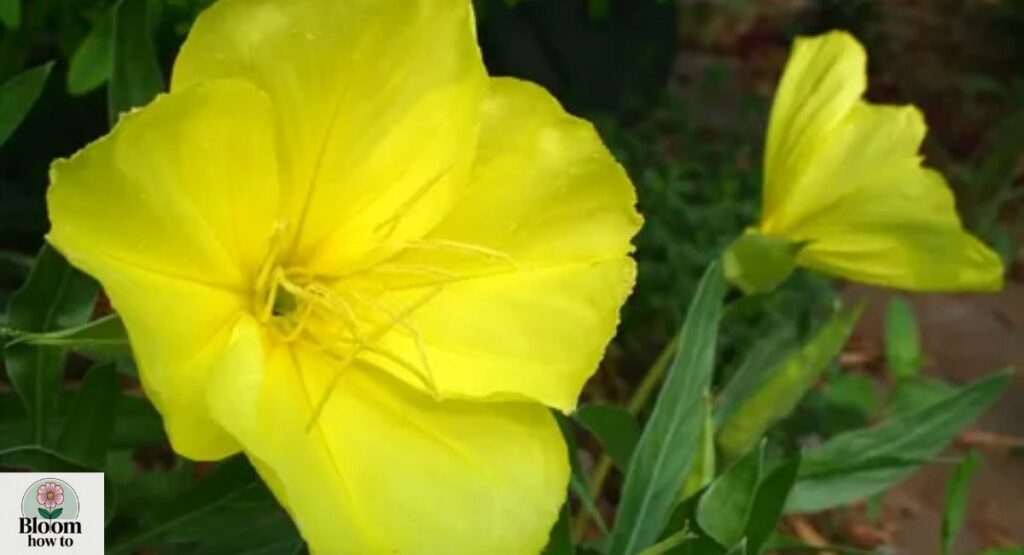
The Oenothera Evening Primrose oil plant is a well-loved native wildflower in many parts of the United States. Its bright yellow blooms open in the evening, creating a magical sight for night pollinators like moths. Some species also show pink or white petals, adding diversity to gardens and meadows. Evening Primrose has been valued not only for its beauty but also for its medicinal uses.
The oil extracted from its seeds is known worldwide for skincare and women’s health benefits. In American gardens, Oenothera thrives in sandy, well-drained soils and is often used in wildflower gardens because of its resilience and ecological role.
Orange Coneflower
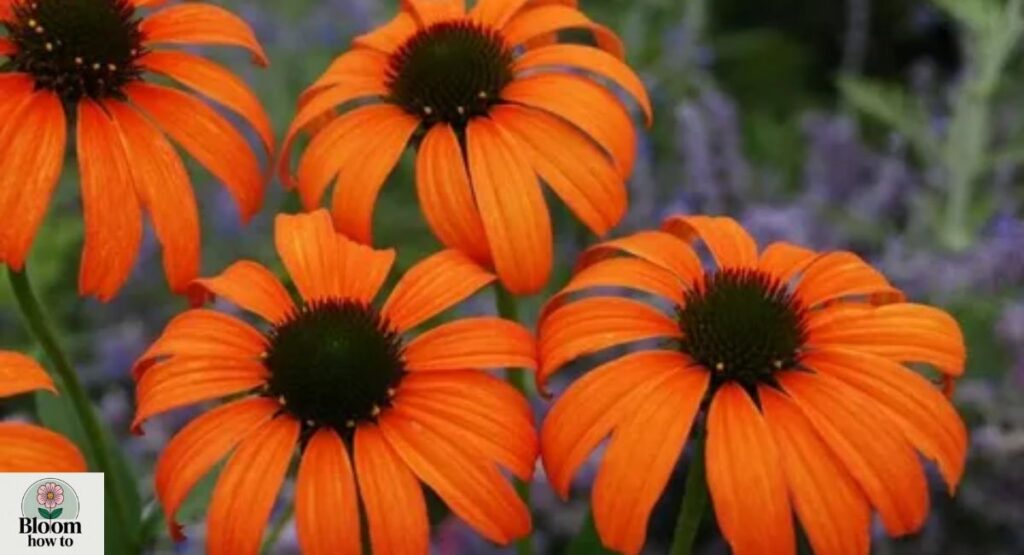
The Orange Coneflower perennial is closely related to the famous Black-Eyed Susan but carries its own charm. With bright orange petals surrounding a dark center, this wildflower lights up prairies and cottage gardens. Native to the United States, especially in the Midwest, Orange Coneflower attracts butterflies, bees, and even songbirds that feed on its seeds.
Gardeners love it because it requires little care, tolerates poor soil, and still produces masses of blooms from summer into fall. This plant is often recommended in prairie restoration projects and pollinator gardens because it supports both wildlife and long-lasting color in the landscape.
Oregano
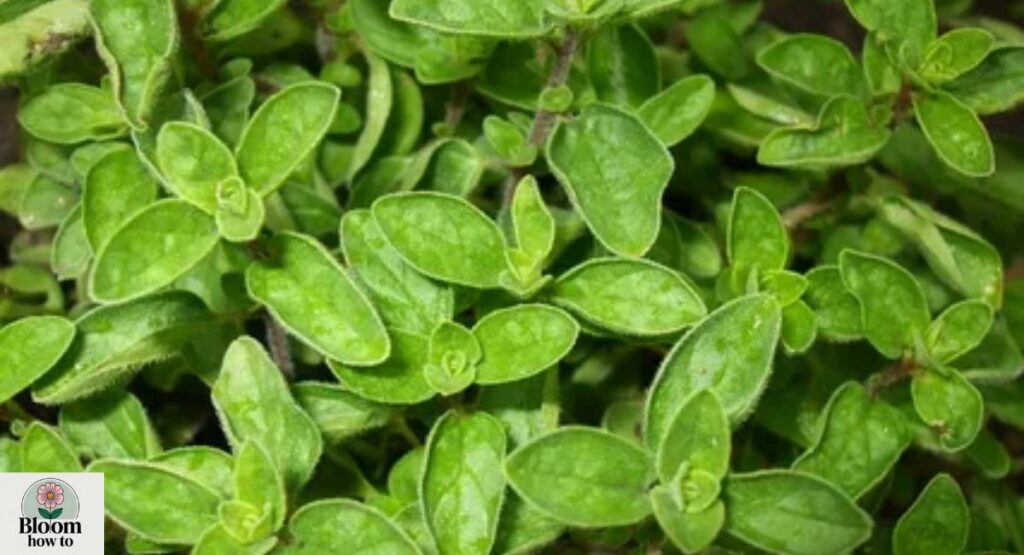
Though many people know Oregano culinary herb flowers from the kitchen, it also grows tiny purple or white blossoms that qualify it as a native wildflower in some regions. When allowed to bloom, oregano plants attract bees and butterflies, making them a dual-purpose addition to herb and pollinator gardens.
In the USA, oregano thrives in dry, sunny conditions and is especially popular in Mediterranean-style landscapes. Beyond its flowers, oregano leaves are widely used in American cooking, from pizza toppings to marinades. The combination of flavor, fragrance, and pollinator appeal makes oregano a standout among garden plants starting with O.
Omphalodes
The Omphalodes Blue-eyed Mary is a delicate woodland wildflower with bright blue petals and white centers. It’s often seen carpeting shady forest floors, creating a breathtaking display in spring. In America, it’s cultivated as a ground cover for shaded borders or naturalized areas. Its charm lies in its simplicity, as it requires little maintenance once established.
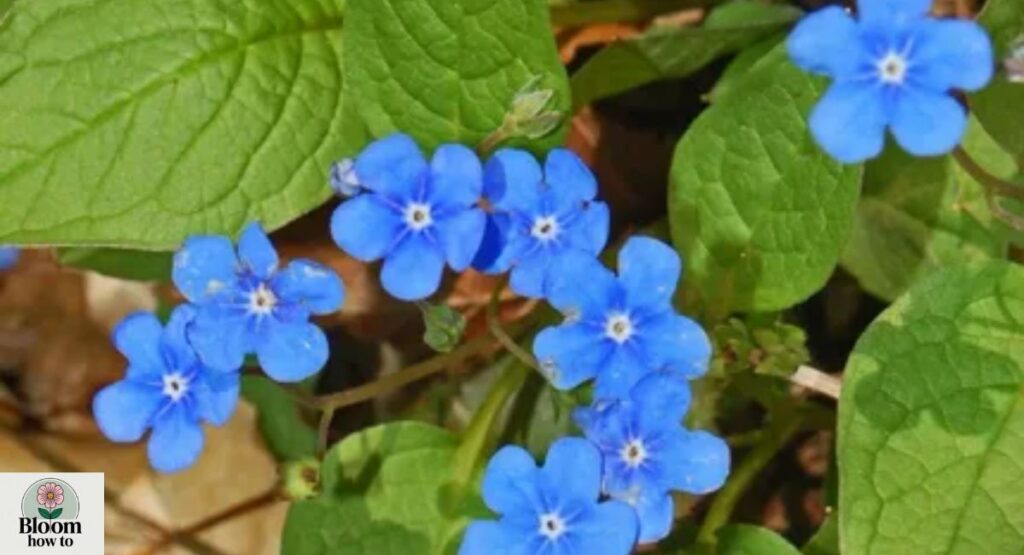
Gardeners appreciate Omphalodes for its ability to thrive in places where few other flowers will grow. It’s especially valued in woodland gardens where the deep blue flowers can contrast beautifully against green ferns and moss.
Exotic & Unusual “O” Flowers
Osbeckia
The Osbeckia tropical blooms are a treat for gardeners who love unusual plants. Found in warm regions, especially in Southeast Asia, these flowers bring vibrant purple and pink shades with uniquely textured petals. While not as common in American gardens, Osbeckia can be grown in greenhouses or warm-climate landscapes.
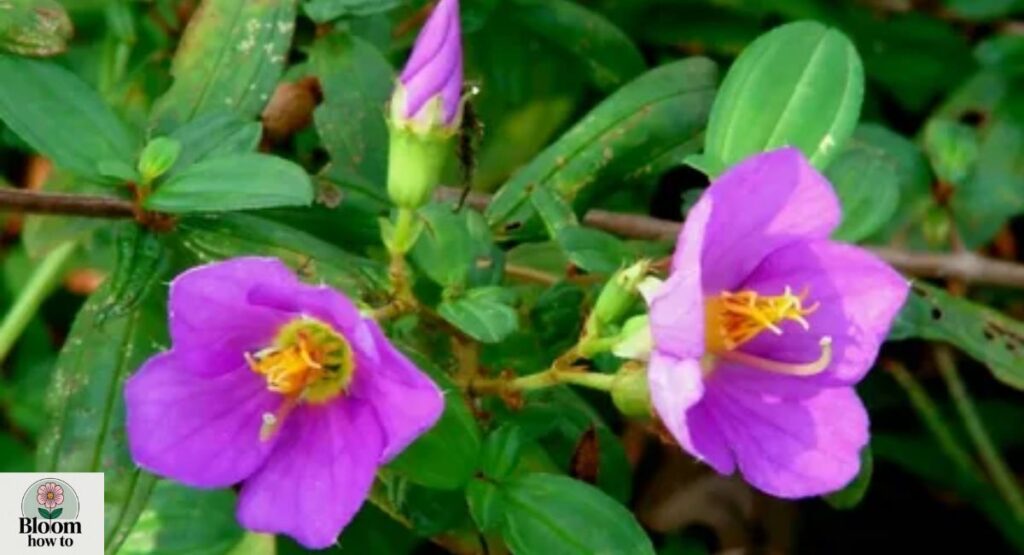
Its striking colors make it a conversation starter, and when planted in clusters, it creates a bold tropical effect. This flower also has traditional uses in some cultures, where its parts were used for herbal remedies. Adding Osbeckia to a collection of exotic O flowers ensures a truly rare and remarkable display.
Oxytropis
Known by the curious name “locoweed,” the Oxytropis locoweed plant is both fascinating and a little dangerous. This hardy flower thrives in cold, mountainous regions and produces tall spikes of purple, blue, or yellow blooms. Though it adds vibrant color to alpine gardens, it has a toxic reputation because grazing animals that eat it may suffer from poisoning.
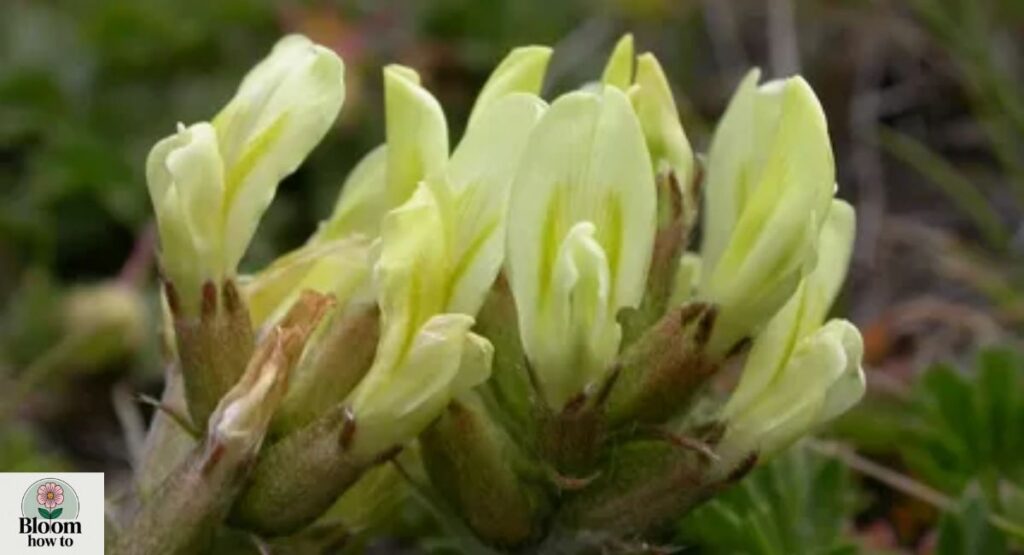
Despite this, Oxytropis holds ecological importance, as it survives where many other plants cannot. Its resilience and beauty make it a standout in the category of rare flowers beginning with O, especially for rock garden enthusiasts who want unique blooms.
Oxypetalum
The Oxypetalum Tweedia blue star flower is admired for its dreamy sky-blue petals that look almost unreal. Originally from South America, it’s now a favorite in wedding bouquets and garden beds in the USA. Florists love it because the cut flowers last a long time, and gardeners enjoy its star-shaped blooms that appear in summer.
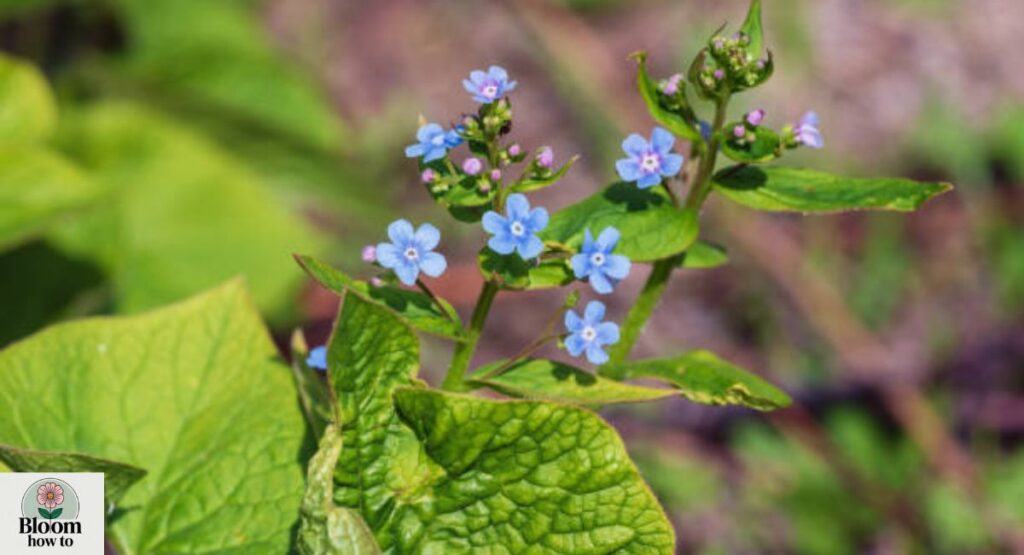
This plant does well in sunny areas with well-drained soil, making it fairly easy to grow despite its exotic origins. Few ornamental flowers starting with O can rival the charm of Oxypetalum, which adds a rare splash of true blue to floral designs.
Ornithophora radicans
The Ornithophora radicans orchid is a tiny yet enchanting orchid species that captivates collectors. Native to Brazil, this orchid produces delicate blossoms that almost look like little birds taking flight. It’s an epiphytic orchid, meaning it grows on trees rather than in the soil, which adds to its exotic appeal.
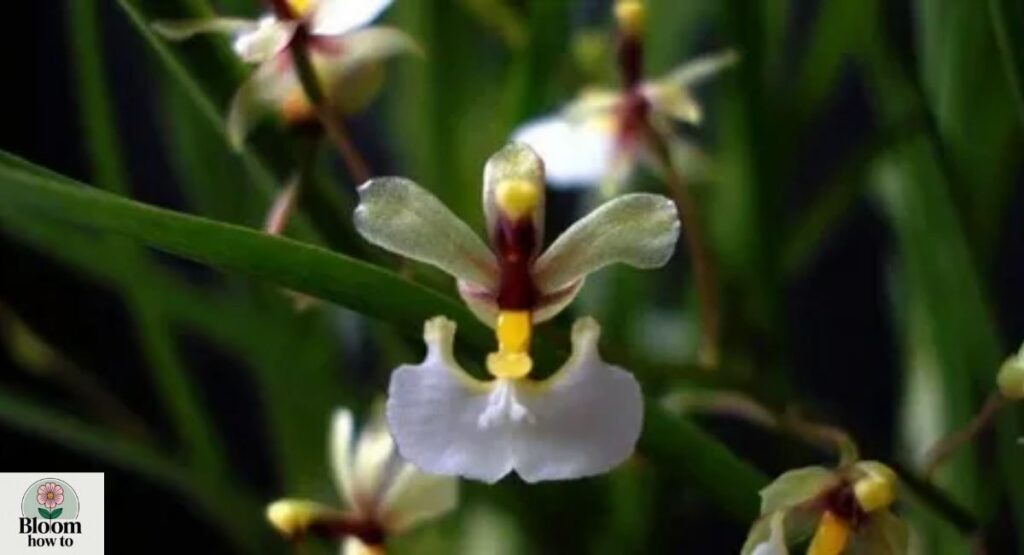
In the USA, it’s mostly grown by orchid enthusiasts who provide controlled environments with high humidity and good airflow. The rarity and delicate nature of this orchid make it one of the rare flowers beginning with O, often sought after by collectors who appreciate unique specimens.
Fragrant & Aromatic “O” Flowers
Olearia
Known as the Olearia Daisy Bush, this shrub from New Zealand and Australia is admired for its daisy-like blossoms with a light fragrance. In the USA, it’s often grown in coastal gardens where it handles salty winds and sandy soil with ease. Its white and purple flowers bloom in clusters, releasing a gentle, sweet scent that attracts butterflies and bees.
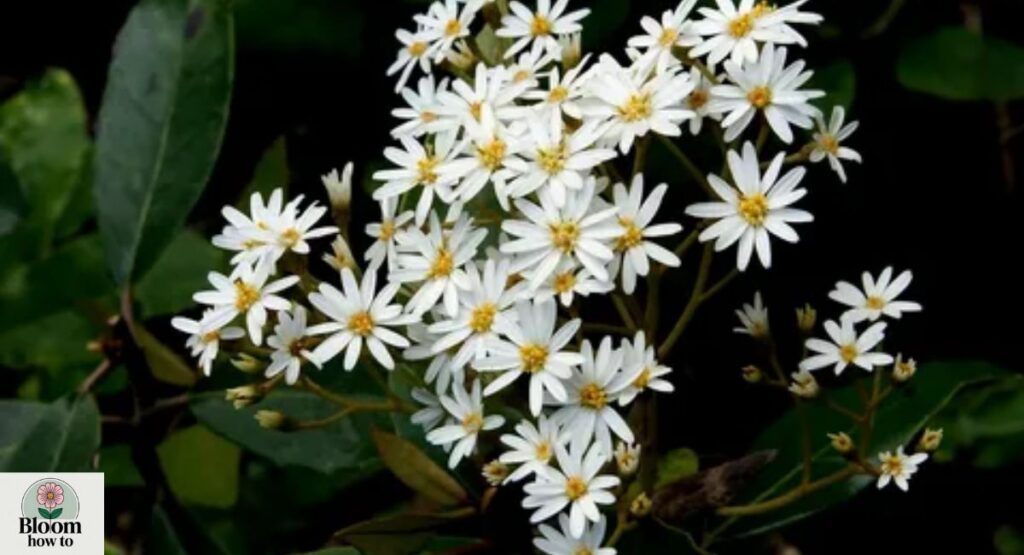
Olearia is tough, drought-tolerant, and perfect for landscaping in warmer regions. As one of the O blooms for landscaping, it combines ornamental value with fragrance, making it a versatile pick for modern gardeners.
Medicinal & Symbolic “O” Flowers
Oregon Grape
The Oregon Grape medicinal shrub is a hardy evergreen that carries bright yellow blossoms in early spring. Beyond its cheerful flowers, this plant has a deep history in Native American medicine. Its roots and bark contain berberine, a compound used for digestive issues and skin conditions. The shrub also produces edible blue berries, often turned into jams or wines.

In gardens across the USA, Oregon Grape is favored as a tough landscaping plant that thrives in shade. Symbolically, it represents resilience, as it continues to flourish even in poor soils and challenging conditions.
Ornithogalum
The Ornithogalum Star of Bethlehem is not just beautiful, but it also carries strong symbolic meaning. Its pure white star-shaped flowers represent hope, healing, and purity. Traditionally, it was linked with spiritual renewal and often planted in churchyards across Europe. In modern times, Star of Bethlehem essence has been used in flower remedies to reduce stress and grief.
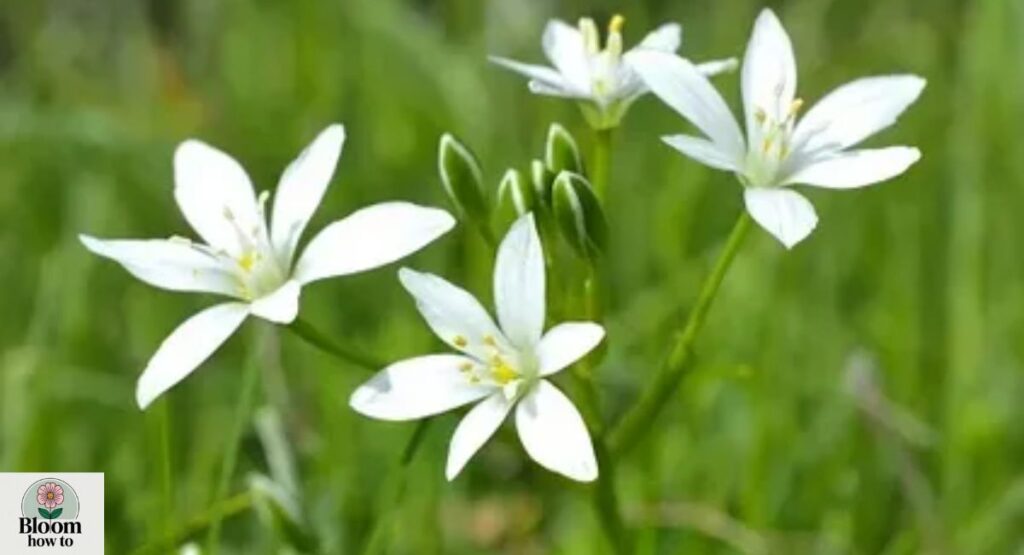
Gardeners in the USA appreciate this bulb for its durability, as it naturalizes easily and returns year after year. As part of the alphabet flower guide, Ornithogalum shines as both a symbolic and ornamental addition to gardens.
Okra Flower
The Okra Flower vegetable bloom is often overlooked because most people focus on the edible pods. Yet, its pale yellow blossoms with a crimson center are stunning in their own right. In addition to being beautiful, okra has medicinal importance. The pods are rich in fiber and vitamins, supporting digestion and heart health. Historically, okra seeds were even roasted and used as a coffee substitute.
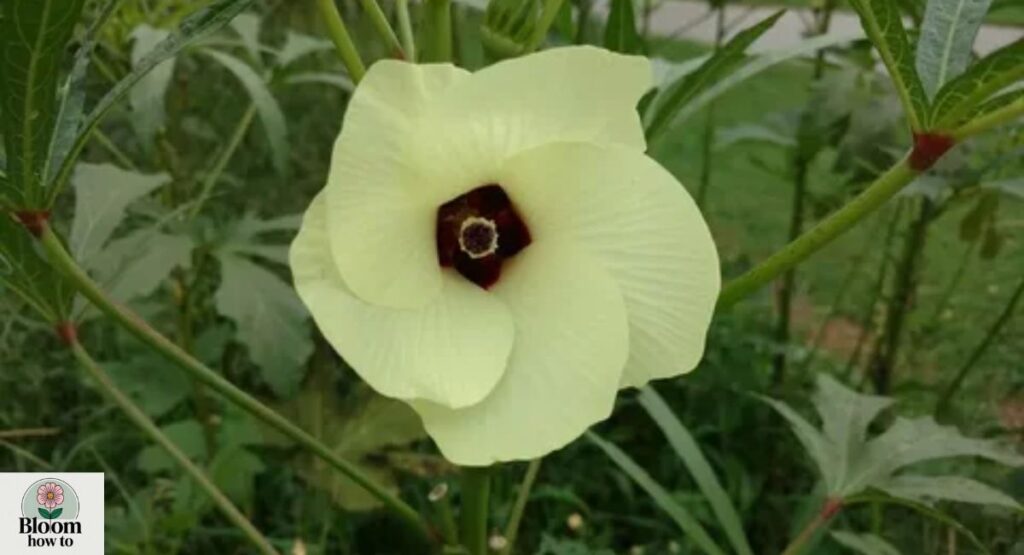
In American southern gardens, the flower symbolizes nourishment and abundance, as it provides both food and ornamental appeal. Few garden plants starting with O balance beauty and utility as perfectly as okra.
Rare & Unique “O” Varieties
Osmunda
The Osmunda Royal Fern may not be a flower in the strictest sense, but its tassel-like fronds often resemble floral plumes. This ancient plant adds elegance to shady gardens and thrives in moist woodland settings. In history, Osmunda was used in traditional medicine to treat wounds and bone problems.
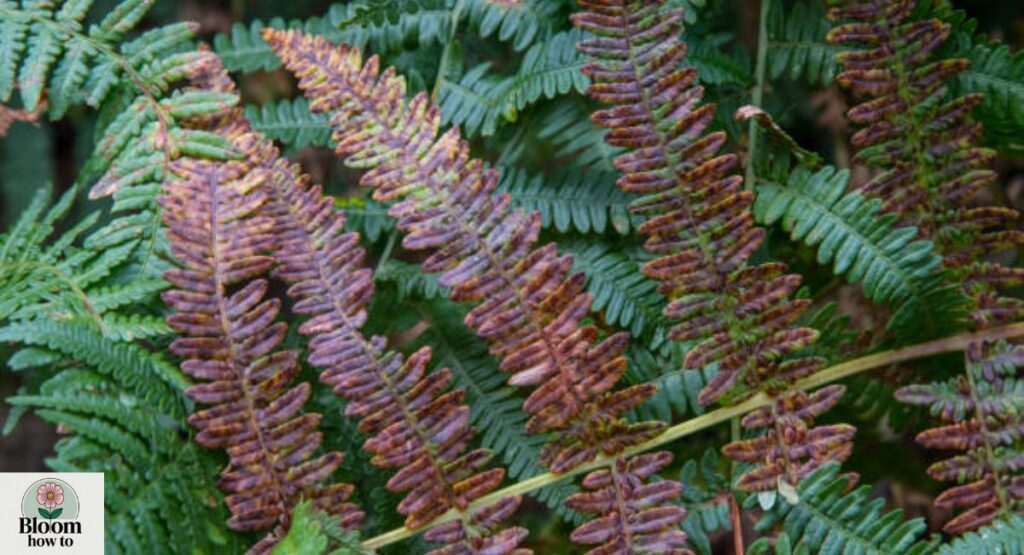
In American landscapes, it’s valued as a shade-loving companion plant that brings texture and greenery to spaces where few other plants succeed. As part of the alphabet flower guide, Osmunda stands out as a living fossil and a botanical treasure.
Gardening Tips for Growing “O” Flowers
Soil & Sunlight Needs
Most garden plants starting with O have diverse soil and light preferences, but understanding them is the first step to success. For instance, Orchid species thrive in loose, airy potting mixes with indirect sunlight, while the Oxeye Daisy wildflower loves full sun and well-drained soil. In contrast, Osmunda Royal Fern prefers shade and moisture, making it ideal for woodland gardens.
A good rule of thumb is to group plants with similar needs together. Always test your soil pH before planting—neutral to slightly acidic soil works for most ornamental flowers starting with O.
Watering & Fertilization
Watering is critical, but it varies widely between wildflowers that start with O and exotic O flowers. For instance, Prickly Pear Cactus flowers and fruits need minimal watering once established, while Oenothera Evening Primrose oil plants need regular moisture during blooming season. Overwatering is one of the biggest mistakes gardeners make, especially with rare flowers beginning with O like orchids.
Fertilize lightly in spring and mid-summer using balanced plant food, but avoid excess nitrogen, which can reduce flowering. Compost-rich soil and organic mulch can keep roots cool while improving moisture retention.
Seasonal Care Tips
For American gardeners, seasons play a big role in maintaining healthy O blooms for landscaping. Spring is best for planting perennials like the Orange Coneflower perennial or Olearia Daisy Bush. Summer requires extra watering and deadheading of spent flowers to encourage more blooms. In fall, focus on mulching perennials and pruning shrubs such as the Oregon Grape medicinal shrub.
Winter care depends on your zone: tender plants like Osbeckia tropical blooms may need to be moved indoors, while hardy ones like Scotch Thistle symbolism can survive the frost.
Symbolism & Uses of “O” Flowers
Cultural Symbolism
Flowers beginning with O carry powerful meanings across different cultures. The Orange Blossom fragrance has long stood for purity and eternal love, which is why it’s popular in wedding bouquets. In contrast, the Scotch Thistle symbolism is tied to bravery and protection, serving as the national emblem of Scotland.
Meanwhile, the Oenothera Evening Primrose oil plant represents healing and resilience, linking both beauty and wellness. These symbolic meanings give depth to the list of flowers with O, making them more than just ornamental choices for the garden.
Practical Uses
Many medicinal O plants are valued beyond their appearance. The Oregon Grape medicinal shrub is used in herbal medicine, while the Opopanax Sweet Myrrh contributes to perfumery and aromatherapy. Prickly Pear Cactus flowers and fruits are edible and packed with vitamins, turning deserts into sources of nutrition.
Even the Oyster Plant Tradescantia foliage brings indoor air-purifying qualities alongside its unusual leaves. These uses show that O blooms for landscaping are not just decorative but also functional in food, medicine, and wellness traditions.
Symbolism & Uses Chart
| Flower | Symbolism | Uses |
| Orange Blossom fragrance | Purity, love, innocence | Weddings, perfumes, teas |
| Scotch Thistle symbolism | Bravery, defense, nobility | National emblem, ornamental |
| Oenothera Evening Primrose oil | Healing, resilience | Skincare, herbal medicine |
| Oregon Grape medicinal shrub | Endurance, strength | Herbal remedies, edible berries |
| Opopanax Sweet Myrrh | Warmth, spirituality | Perfume, incense, herbal uses |
| Prickly Pear Cactus flowers and fruits | Survival, abundance | Food, drinks, landscaping |
| Oyster Plant Tradescantia foliage | Simplicity, adaptability | Houseplant, air-purifier |
Conclusion
Exploring flowers that start with O shows us how rich and diverse nature can be. From the graceful Orchid species to the cheerful Osteospermum African Daisy, each bloom has its own charm, meaning, and purpose. These plants are more than decorations; they carry stories, beauty, and even healing uses.
Whether you choose fragrant O flowers for their scent or wildflowers that start with O for a natural touch, each variety adds life to a garden. Owning these blooms is like keeping pieces of
FAQs
1. What are some popular flowers that start with O?
Popular choices include Orchid species, Oxeye Daisy wildflower, and Osteospermum African Daisy.
2. Are there any fragrant O flowers?
Yes, Orange Blossom fragrance, Osmanthus fragrance in tea, and Opopanax Sweet Myrrh are well known.
3. Which O flowers are easy to grow in the USA?
Easy options are Oxalis wood sorrel, Oregano culinary herb flowers, and Olearia Daisy Bush.
4. Do any O flowers have medicinal uses?
Yes, Oenothera Evening Primrose oil and Oregon Grape medicinal shrub are widely used.
5. What is the rarest flower beginning with O? Rare blooms include Oxypetalum Tweedia blue star flower and Ornithophora radicans orchid.

Welcome to bloom how to! I’m Anam Sattar, an AI Powered SEO, and Content Writer with 4 years of experirnce.
I help websites rank higher,grow traffic, and look amazing. My goal is to make SEO and web design simple and effective for everyone.
Let’s achieve more together!
